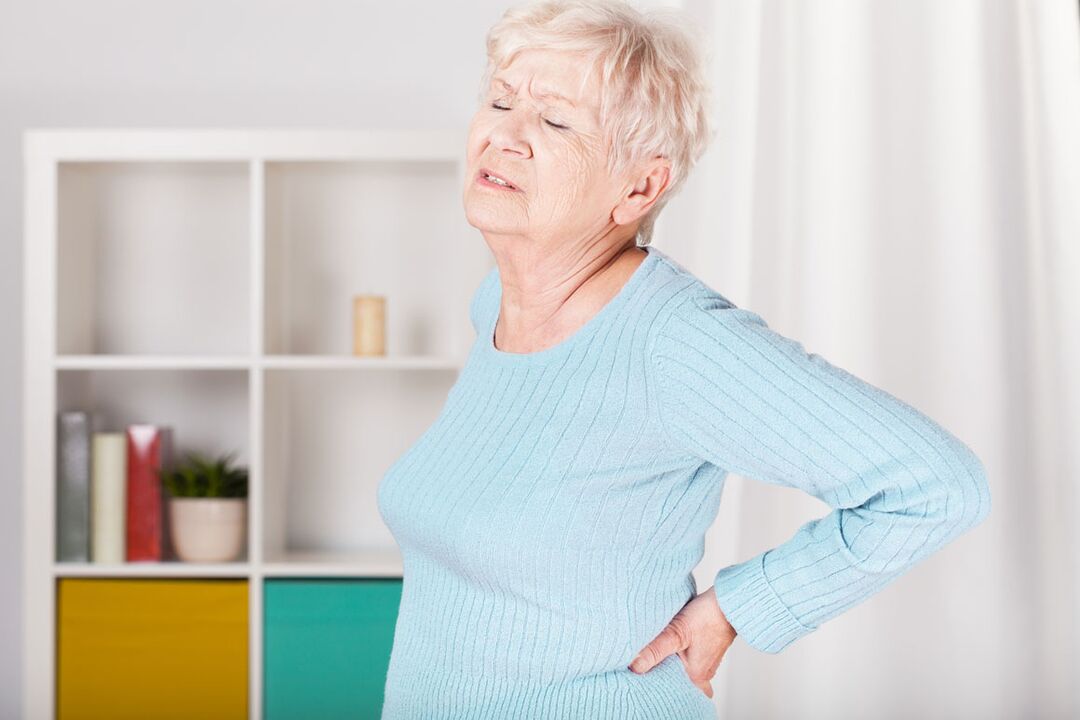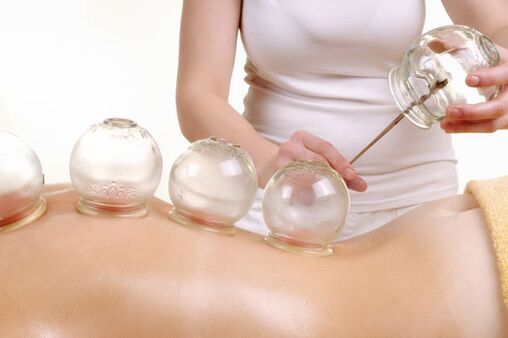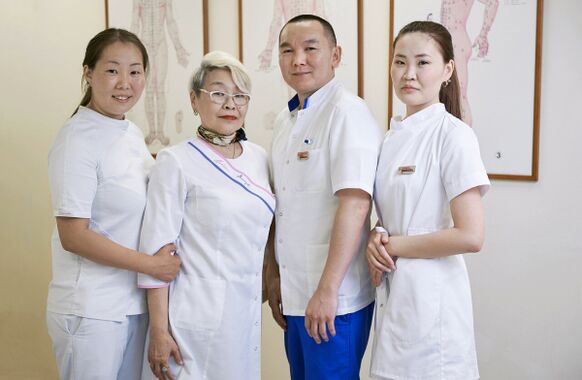Each of us has experienced back pain at least once - from mild to severe thoracolumbalgia (pain in the lower back, in the chest region). Disturbing discomfort in the lower back can occasionally be one of the manifestations of a wide range of diseases.

The most common cause of pain is spinal osteochondrosis, which occurs in most people after 35-40 years. However, he does not explain the severity and duration of the pain. To understand the nature of the disease, it is necessary to understand in detail the problem and its origin.
Reasons
There are many answers to the question of why your back hurts. The main mechanisms of pain syndrome remain dystrophic and degenerative changes in the intervertebral discs. As a result, subluxation of the joints and compression of the nerve endings of the spine increase the symptoms.
Let's look at the different causes of low back pain:
- Primary diseases of the spine: intervertebral hernia, osteochondrosis, spondylosis, kyphosis, scoliosis, arthritis.
- Injuries, bruises, fractures, tumors. They are referred to as secondary causes of pain syndrome.
- Cardiovascular diseases.
- Nephrological: sand or kidney stones.
- In women, pain can also appear with gynecological problems and even during menstruation.
Triggers of pain syndrome:
- sedentary lifestyle, sedentary work. This article includes a long stay behind the wheel of a car or a computer monitor;
- mbipesha, mbipesha;
- pregnancy involves a combination of weakened back muscles and weight gain;
- excessive physical activity (in daily life or in the gym);
- hypothermia of the body.
Possible diseases
The nature of the pain depends directly on the disease that provoked the symptom. In primary pathology (arthritis, intervertebral hernias), the lower back hurts monotonously: the pain increases or decreases with a change in body position. Accompanied by the feeling of goose bumps, burning, alternate numbness of the lower extremities. The dull pain observed with lumbosacral radiculus is felt by the patient not only in the back but also in the buttocks, legs and thighs.
Diseases of the internal organs (angina pectoris, pyelonephritis)are characterized by a more pronounced and prolonged nature of pain that persists after rest or a change in body position. So, with gynecological problems, the lower abdomen is also disturbed, and with cardiovascular pathologies, shortness of breath and shortness of breath are observed.
Important! Specific pain in the lumbar region in combination with high fever may be a manifestation of emergency conditions - abdominal pain of the kidneys or gallstones, unstable angina pectoris.
Worsened osteochondrosisis manifested by sharp pain, shooting - lumbago ("lumbago"), radiating to the legs, pelvis when coughing or rapid movements. Hernial discs have characteristic features:
- slope is impossible without first assembling;
- difficult to stand without support (chair, knee);
- In the prone position, the patient is forced to place a pillow.
Inflammatory processes (myositis, radiculitis)continue with painful pain and inability to perform basic actions, as the simplest movements are limited by pain syndrome.
Fractures and dislocationsare associated with intense, growing pain, swelling of the affected area. The skin on the painful surface changes color to blue or red (depending on the nature of the lesion).
How to get rid of back pain
Excessive physical activity or prolonged exposure to a draft in the near future will result in back discomfort. Let’s take a closer look at the simple and quick help for the familiar, annoying pain.
If pain syndrome occurs after hypothermia or inflammation of the spinal cord (sciatica) roots, a warm bath will help. Any physical activity is contraindicated after bath procedures. Pain relieving ointments provide warming, decongestant and anti-inflammatory effects.
Pain in osteochondrosis can be reduced thanks to anti-inflammatory oils and gels, as well as special exercises to relieve intervertebral discs and muscle corsets.
Bruises or sprains cause increased swelling. A cold dry compress (ice from the fridge wrapped in a cloth) will help reduce or prevent it. Put every two hours for two days on the painful focus for half an hour.
It is worth remembering that only a specialist can accurately diagnose the cause of pain and design a treatment program. Therefore, we recommend that if you have alarming symptoms, register for a consultation at our clinic.
Treatment and prevention of back pain
Western medicine is represented by three main therapeutic areas:

- medical;
- non-medicine;
- surgical.
Medication treatment includes taking pills and external application of oils, gels, crumbs. Main groups of drugs:
- Non-steroidal anti-inflammatory drugs - NSAIDs (relieve pain, inflammation);
- heparin oils (facilitate bloating, improve venous outflow);
- papaverine oils (relieve pain, relieve pain spasm, dilate blood vessels);
- chondroprotectors (restore cartilage tissue);
- muscle relaxants (eliminate muscle tension).
To prevent chronic conditions, a course of injections is prescribed. The course of treatment of low back pain almost always includes injections of B vitamins. They improve metabolic processes and restore nerve fibers, stabilize the work of the central and peripheral nervous system and restore impulse transmission. Analgesics are added to the composition of the drug to enhance the therapeutic effect. Vitamins are combined with NSAIDs.
In acute conditions, doctors perform therapeutic blockades. Most often they are used for diseases of the spine and joints. The doctor injects anti-inflammatory drugs and adrenal hormones. Prednisolone or dexamethasone (the main representatives of the group) anesthetize the affected area, relieve swelling.
Non-drug therapy includes physiotherapy - massage, cold treatment (cryotherapy), heating of the affected areas. Physiotherapy is usually prescribed in subacute conditions or in remission.
Surgical treatment. Surgical intervention is used in extreme cases - for malignant tumors, destruction of the spinal cord, compression fractures. Surgical treatment of herniated discs causes professional controversy: the positive effect of surgery often does not justify itself, and the risk of complications is very high.
Preventive measures:
- Do exercises in the morning, be sure to include exercises for stretching the muscles of the lower back.
- Proper nutrition. Fried, salty, starchy foods, alcohol should be excluded - everything that contributes to the development of gastrointestinal diseases. It is necessary to add fiber, vitamins to the diet, cook meat and fish on steam or in the oven. To improve blood circulation and interstitial fluid production, it is recommended to drink up to 1. 5 liters of water (without contraindications).
- Monitor your behavior.
- Walk or exercise periodically in case of sedentary work.
- It is advisable to sleep on orthopedic pillows and mattresses.
Treatment at Tibetan Medical Clinic
Traditional Tibetan medicine views lumbodin as a violation of the three constitutions. Indignant Bile spasms the back muscles. Excited mucus leads to endocrinological problems, metabolic disorders. An overstepping of the Wind constitution (responsible for the nervous system) exacerbates the disharmony of the other two constitutions.

Eastern doctors help not only to eliminate the symptoms, but to understand the cause of the disease and to cope with it.
At the clinic, you will not be offered to "block" the problem with pills, hormones and injections. After diagnosing the disease using ancient oriental techniques, the patient will receive an individual treatment plan. Basic example of treatments used by Tibetan medical practitioners:
- Correcting nutrition and restoring mental comfort, emotional background.
- Bile medicine. Herbal and herbal preparations will deal with the problem from within. The multi-component Tibetan preparations restore the balance between the three constitutions "Era", "Balta", "Bile". Unique collections not only stop the symptom, but also have a healing effect on the whole body as a whole.
- Acupuncture. The effect of needles on bioactive points relieves vascular and muscular spasm, increases blood flow to the affected areas of the back.
- Acupressure massage. The specialist presses the fingers on the points of the energy meridians, working with chronic diseases of the internal organs.
- Vacuum massage (vacuum) improves the microcirculation not only of painful areas, but of the whole organism.
- Moksotherapy. Wormwood puree restores the balance of the three doses, the integrity of the whole system. Stone therapy. Cold and hot stones neutralize swelling and inflammation.
- Tsubotherapy is one of the acupuncture options using metal balls. Small balls are applied with plaster on bioactive drops for up to 2 weeks.
- Hirudotherapy - cleansing the body of slag with caterpillars, normalization of metabolic processes of the body.
The effectiveness of Tibetan methods in treating diseases of the musculoskeletal system has been proven and confirmed by our patients.
















































